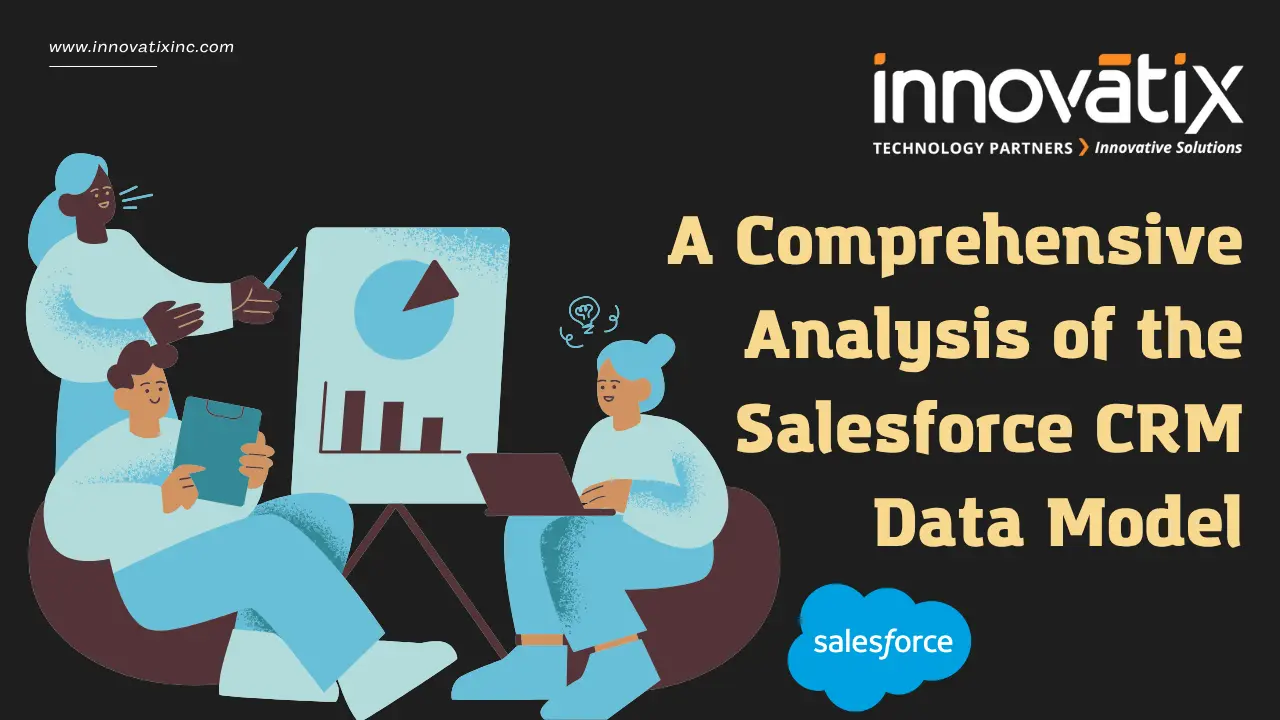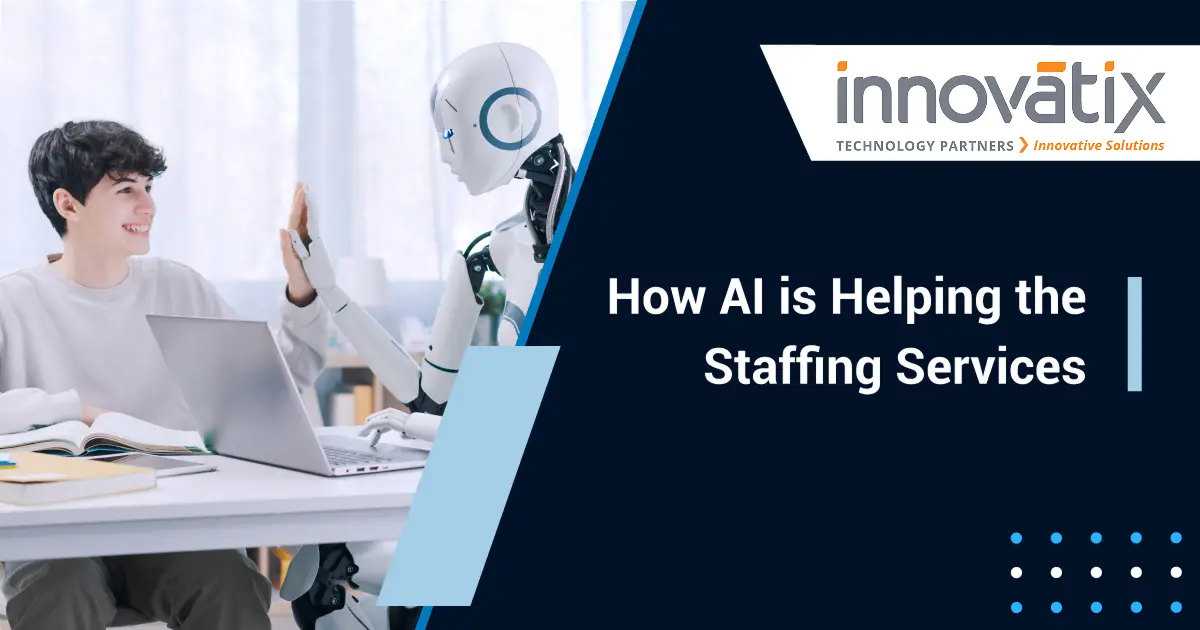A Comprehensive Analysis of the Salesforce CRM Data Model
Customer relationship management (CRM) systems have become indispensable for fostering and enhancing customer interactions. These systems empower organizations to streamline processes, gain deeper insights into customer behavior, and build lasting relationships that drive growth and loyalty. Salesforce, a dominant force in the CRM industry, stands out for its robust and versatile data model. This model acts as the backbone for numerous business operations, enabling organizations to consolidate and manage vast amounts of customer data efficiently. Its flexibility allows businesses to tailor solutions to their unique needs, making it a go-to choice for companies of all sizes and across industries. However, unlocking the full potential of Salesforce requires more than just adopting the platform; it demands a thorough understanding of its data model, capabilities, and limitations. Businesses must carefully evaluate the advantages and drawbacks of Salesforce to ensure that its features align with their strategic objectives. By doing so, organizations can maximize the benefits of Salesforce’s offerings while mitigating potential challenges, ultimately fostering better customer experiences and achieving operational excellence. Advantages of Salesforce Let’s take a closer look at Salesforce advantages: 1. Unified Customer Insights A standout feature of Salesforce is its ability to assimilate various data sources into a single, unified platform. This integration is crucial for businesses striving to achieve a 360-degree view of their customers. By consolidating data from diverse channels, Salesforce enables organizations to begin every customer interaction with comprehensive historical insights. This facilitates tailored business services and refined marketing efforts, driving customer satisfaction and loyalty. Forrester Research highlights that companies leveraging integrated CRM systems experience a 30% boost in customer satisfaction. Beyond integration, Salesforce’s data model allows real-time access to customer information, empowering businesses to respond promptly to customer needs. This immediacy enhances service quality and helps build stronger, more personalized relationships, setting the foundation for long-term success. 2. Advanced Analytics and AI Capabilities Salesforce excels in analytics and AI functionalities, offering tools that revolutionize decision-making processes. Einstein Analytics, powered by artificial intelligence, provides predictive insights, automates routine tasks, and identifies emerging patterns in customer behavior. These capabilities strengthen decision-making by highlighting actionable trends and opportunities. For example, Einstein’s ability to forecast customer needs or spot at-risk customers allows businesses to proactively address challenges, improving retention and conversion rates. According to IDC research, businesses incorporating AI-driven analytics into their CRM strategies have achieved a 50% increase in lead conversion rates, underscoring the transformative potential of these tools. 3. Scalability for Growing Businesses Salesforce is designed to evolve alongside businesses, whether they are startups or global enterprises. Its scalable architecture ensures that organizations can adapt the platform to their changing needs without disruption. This adaptability is vital in a competitive landscape where growth often necessitates rapid shifts in strategy and operations. Gartner’s research emphasizes the importance of scalability, noting that scalable CRM solutions are linked to 25% less downtime. With Salesforce, businesses can effortlessly integrate new features, modules, or third-party applications, ensuring their CRM system grows in tandem with their objectives. 4. Enhanced Collaboration and Communication Salesforce’s Chatter platform is a game-changer for team collaboration. This communication tool allows team members to share updates, insights, and feedback in real-time, fostering a collaborative environment. Enhanced communication within teams not only boosts productivity but also ensures alignment on key goals and initiatives. For instance, sales and marketing teams can use Chatter to coordinate on lead generation strategies, while customer service teams can access real-time updates on client issues, ensuring seamless resolution. According to Harvard Business Review, organizations prioritizing team collaboration experience a 30% higher success rate in their projects, a testament to the value of tools like Chatter in achieving business excellence. Disadvantages of Salesforce Here are a few points to consider before implementing Salesforce CRM: 1. Complexity and Learning Curve Salesforce’s extensive feature set, while incredibly powerful, can also make the platform daunting for new users. The sheer number of options, customizations, and integrations available can overwhelm teams unfamiliar with CRM systems. A successful implementation often requires significant training, ongoing support, and a commitment to continuous learning to ensure optimal use of the platform’s capabilities. This learning curve can be particularly challenging for organizations with limited technical expertise or resources. Implementation and training costs can also add up quickly, especially for small and medium-sized enterprises (SMEs). However, Nucleus Research indicates that companies investing in comprehensive training programs achieve a 25% faster adoption rate for CRM systems, underscoring the importance of proper onboarding. 2. Cost Implications While Salesforce is widely regarded as a top-tier CRM solution, its pricing can be prohibitive for smaller organizations. The platform’s subscription-based model often requires additional costs for advanced features, third-party integrations, and premium support, which can quickly escalate expenses as businesses expand their usage. For SMEs, these costs can present significant challenges, potentially limiting access to the full suite of Salesforce capabilities. Despite this, McKinsey & Company’s research reveals that a well-implemented CRM strategy can yield a return on investment of 20% to 30% in increased sales revenue. This suggests that while the upfront costs may be high, the long-term benefits of Salesforce can outweigh the initial expense if utilized effectively. 3. Over-Customization Risks Salesforce’s flexibility and extensive customization options are often viewed as a double-edged sword. While customization allows businesses to tailor the platform to their specific needs, over-customization can lead to unintended consequences. Overly complex configurations may result in a system that is difficult to maintain, update, or scale, increasing the risk of operational inefficiencies and higher maintenance costs. To mitigate these risks, businesses should aim to strike a balance between customization and standardization. Standardizing key processes can simplify system management and reduce disruptions. CIO Magazine reports that organizations with standardized CRM processes experience up to 15% fewer operational disruptions, highlighting the value of a measured approach to customization. Benefits of Salesforce Marketing Cloud Salesforce Marketing Cloud is a transformative tool that empowers businesses to elevate their marketing capabilities through automation, data-driven insights, and personalized communication. By leveraging this platform, organizations can create highly targeted and effective marketing campaigns tailored








